Why California’s New Mandatory Water Restrictions Aren’t Enough
Gov. Jerry Brown has announced a historic executive order to reduce the state’s water usage by 25 percent -- but one expert has doubts about its potential for real impact without stricter measures for agriculture.

The effects of California’s ongoing drought could already be seen on water levels at Lake Shasta last August. (Shutterstock)
As California’s devastating drought enters its fourth year, Gov. Jerry Brown announced a plan to reduce the state’s water usage by 25 percent. The plan — which aims to save 1.5 million acre-feet of water over the next nine months — represents the first time the state has imposed mandatory water restrictions.
“This historic drought demands unprecedented action,” the governor said in a statement. “Therefore, I’m issuing an executive order mandating substantial water reductions across our state. As Californians, we must pull together and save water in every way possible.”
Brown delivered the announcement Wednesday while standing on a patch of brown grass in the state’s Sierra Nevada, where, he stated, “we should be standing on 5 feet of snow.”
Among the measures to be taken: 50 million square feet of lawn across California will be replaced with drought-tolerant landscaping, and a consumer rebate program will be introduced to replace old appliances with newer, more water-efficient models.
But with the focus on urban water use, there are concerns that the new measures will not go far enough to abate the damage caused by California’s agricultural industry. “The only new ‘requirement’ for the state’s agriculture industry,” writes meteorologist Eric Holthaus at Slate.com, “is a reminder to submit reports on groundwater usage, which was already required. Most irrigation districts have been ignoring the requirement in recent years.”
He continues: “Though California’s agriculture industry is also feeling the drought’s pinch—hundreds of thousands of acres of farmland have gone unsown, and thousands of jobs have been lost in the last year—the industry is still mostly getting its way. This year, almond farming is using more water than ever—about 11 percent of the statewide supply devoted to agriculture—while lobbying to weaken groundwater legislation.”
According to Holthaus, “wasteful agriculture is literally sucking California dry. Once devoid of water, depleted aquifers frequently collapse, resulting in sinking ground levels and a permanent reduction in water storage capacity. New laws aimed to stop the overexploitation of groundwater won’t be enforced until 2040. The governor should have sped up that timeline as part of his suite of mandatory cutbacks. And lest you think he can’t, because of his state’s bottom line: In exchange for 80 percent of the state’s water, agriculture is producing only 2 percent of state GDP.”
–Posted by Roisin Davis
Independent journalism is under threat and overshadowed by heavily funded mainstream media.
You can help level the playing field. Become a member.
Your tax-deductible contribution keeps us digging beneath the headlines to give you thought-provoking, investigative reporting and analysis that unearths what's really happening- without compromise.
Give today to support our courageous, independent journalists.
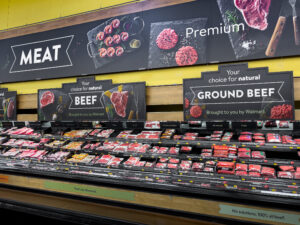
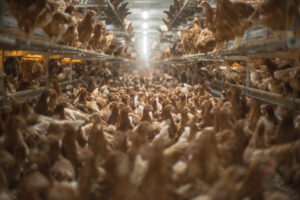
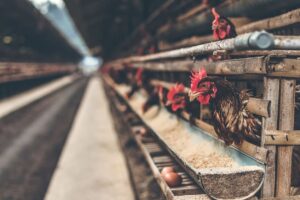

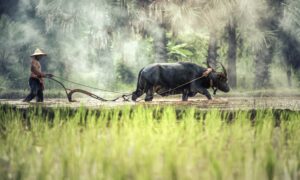
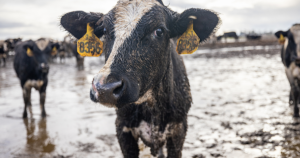
You need to be a supporter to comment.
There are currently no responses to this article.
Be the first to respond.